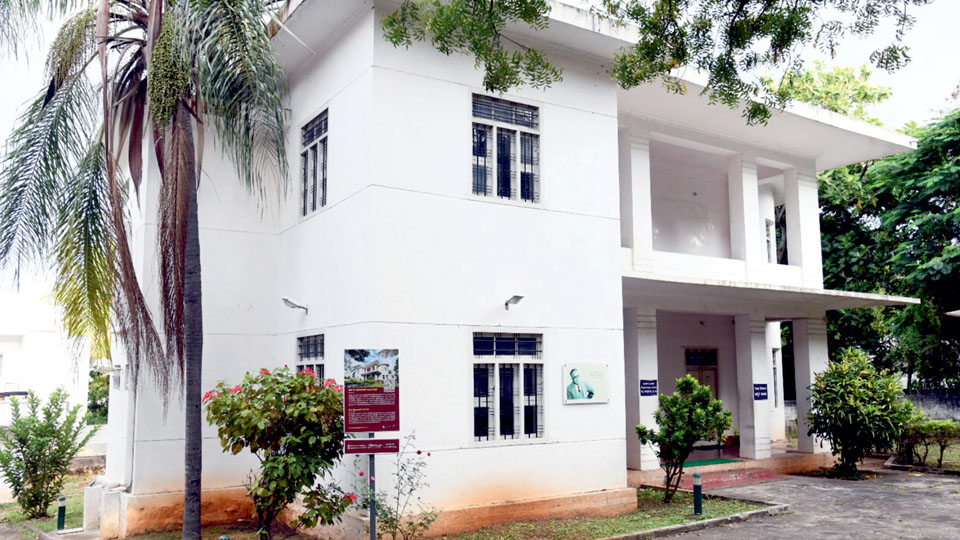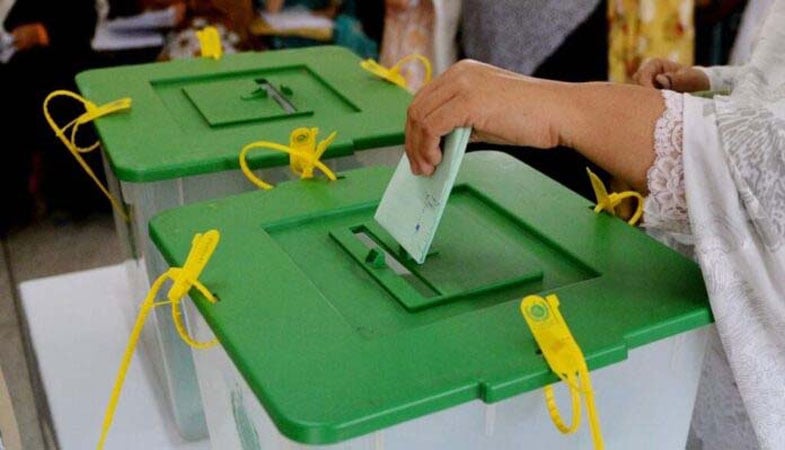By Author
Copyright starofmysore

Mysore/Mysuru: The iconic R.K. Narayan House in Yadavagiri, Mysuru, has been officially declared a tourist destination by the State Government.
This heritage residence was home to the celebrated author Rasipuram Krishnaswami Iyer Narayanaswami (R.K. Narayan, 1906-2001), who lived and wrote here for nearly four decades, from the 1950s to the 1990s.
The house, which showcases a rich collection of his personal memorabilia, was converted into a museum and opened to the public on July 24, 2016.
As part of the Karnataka Tourism Policy 2024-2029, the State Government has launched an ambitious plan to develop 1,275 tourist destinations across various districts. Thirteen of these sites have been identified in Mysuru district, with the R.K. Narayan House among the locations selected for focused development and promotion.
The Government has instructed officials to prepare detailed project reports, including estimates and site maps, based on available funds. These proposals will be submitted for technical evaluation, after which approval from the competent authority will be sought to move forward with the tendering process.
From demolition threat to tourist site
The journey of R.K. Narayan House, Vivekananda Road, Yadavagiri
The R.K. Narayan House, located at D-14, Vivekananda Road in the upscale Yadavagiri locality, has been converted into a museum on the lines of Shakespeare’s Memorial at Stratford-upon-Avon in Warwickshire, United Kingdom. The museum stands on a site measuring 90 ft x 120 ft, totalling 10,800 square feet. Narayan built this house in 1948. After his death, plans were made to construct a multi-storey luxury apartment on the site.
However, when this news spread, fans of the celebrated writer and heritage activists in Mysuru strongly opposed the move. Star of Mysore (SOM), under the leadership of its late Founder-Editor K.B. Ganapathy, spearheaded a sustained campaign to save the historic structure.
Bowing to public pressure, the bungalow — which had already begun to be demolished by a builder — was acquired by the Mysuru City Corporation (MCC), the Department of Archaeology, Museums and Heritage and the Mysuru Urban Development Authority (MUDA) at a cost of over Rs. 2.40 crore using funds allocated under the Karnataka Urban and Rural Plan Act, 1961.
The house was declared a heritage property and purchased from Narayan’s grandchildren, Bhuvaneshwari and Srinivasan, on Sept. 7, 2011. The structure was later renovated with Rs. 35 lakh.
The brain behind conservation
Dr. C.G. Betsurmath, the current Executive Secretary of JSS Mahavidyapeetha, was the MUDA Commissioner at the time of acquisition (and later served as MCC Commissioner). He played a pivotal role in acquiring, renovating and converting the R.K. Narayan House into a museum.
Expressing happiness over the State Government’s decision to declare the R.K. Narayan House an official tourist destination, Dr. Betsurmath told SOM that the recognition was the result of “consistent and determined efforts.” “I had visited Shakespeare’s Memorial at Stratford-upon-Avon and envisioned a similar museum for Mysuru’s celebrated author. The aim was not just to acquire the property and preserve it, but to create a full-fledged museum that Mysureans could cherish,” he said.
He recalled the meticulous work that went into the project, adding, “After the time-bound conservation efforts, we brought in R.K. Narayan’s personal belongings — the books he wrote, the desk and chair he used, pens, spectacles, clothes, awards including the Padma Bhushan and Padma Vibhushan, along with photographs documenting his life. Many of these items were carefully shifted from Chennai. The task I had initiated as MUDA Commissioner concluded during my tenure as MCC Commissioner.”
It may be noted, Dr. Betsurmath had also served as the Commissioner of the Department of Archaeology, Museums and Heritage.
Shukha Vana, Suttur Sri Kshetra among other tourist destinations
The 13 culturally and historically significant tourist destinations identified in Mysuru city include Shukha Vana at Avadhoota Datta Peetham, established by Sri Ganapathy Sachchidananda Swamiji, Rail Museum, St. Joseph’s Cathedral (St. Philomena’s Church), R.K. Narayan House, Oriental Research Institute (ORI), Mysore Silk Weaving Factory and Sri Jwalamukhi Tripurasundari Ammanavara Temple Complex.
Also, many prominent religious and heritage sites across Mysuru district have been sanctioned for development. These include Suttur Sri Kshetra in Nanjangud, Sri Sidilu Mallikarjunaswamy Temple in Periyapatna, Sri Mahalakshmi Temple and Sri Gunjanarasimhaswamy Temple in T. Narasipur, Sri Arkeshwaraswamy Temple in K.R. Nagar, Sri Mahadeshwaraswamy Temple at Beladakuppe in Saragur and Sri Mahadeshwaraswamy Temple at Bheemanakolli in H.D. Kote.
With this move, Mysuru district is set to witness enhanced tourism infrastructure, celebrating its rich literary, cultural and spiritual heritage.



